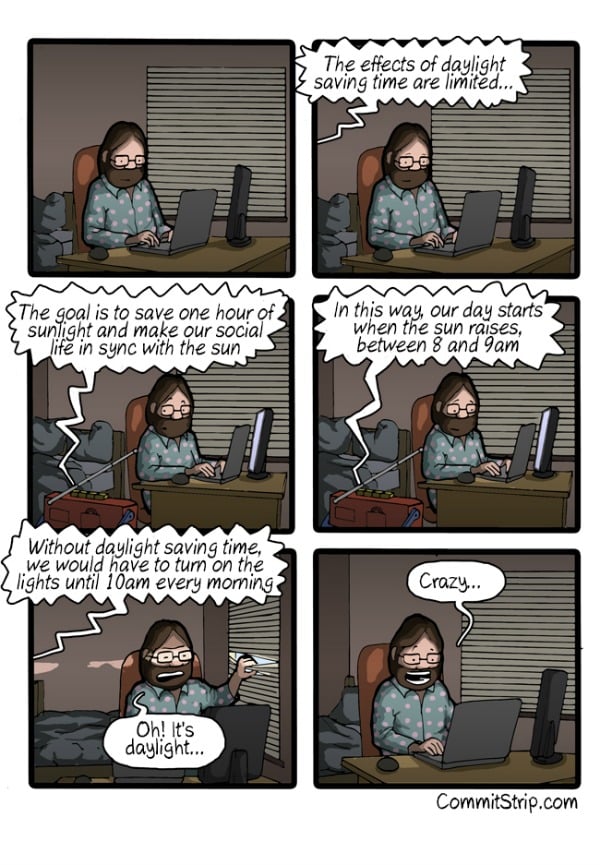We have been using Daylight Savings Time (DST) for more than 10 decades. This is the practice of turning your clock one hour forward in early spring. The clocks go back to Standard Time in the fall. This gives us more afternoon and evening daylight in the warmer months.
Pros and Cons of Daylight Savings
While seemingly longer days are enjoyed by many, there are some people who don’t see the benefits. So, what are the pros and cons of Daylight Savings Time?
Pros of DST
Longer Days
Setting the clocks forward one hour in spring changes the time the sun rises and sets. In essence, you are adding an extra hour of daylight in the afternoon. It has been said that seemingly longer days motivate people to get outside and become more active. It also encourages getting more sunlight to promote the production of natural vitamin D.
Less Artificial Light
If you have ever experienced Seasonal Affective Disorder (SAD), you will understand why natural daylight is beneficial. Being inside during the cooler winter months can cause depression due to dependence on artificial lighting. One of the goals of DST is to make sure that a person’s active hours coincide with daylight hours so that less artificial light is needed and mood is improved.
Daylight = Safety
Extended daylight results in a safer environment. Driving is safer during the day than at night when it is easier to read road signs and less troublesome to navigate the glare of oncoming headlights. For those who are walking home alone, say after school, work, or being out with friends, it is much safer to walk when the sun is still shining.
Cons of DST
Doesn’t Really Save Energy
You would think that DST would save energy by encouraging people to get outside away from TVs and off technology. However, the savings are often offset by the extended use of air-conditioning needed when the sun is shining bright and hot.
May Cause Health Issues
For many, the change in time can alter the natural circadian rhythm of the body. This can result in disrupted sleep patterns. Getting less sleep makes people less productive, less careful, and possibly more prone to cardiovascular issues. If you are having issues falling asleep and staying asleep, there are sleep aids for insomnia with 5htp.
Daylight Savings Can be Expensive
In addition to the economic impact of reduced productivity in the workplace, Daylight Savings can cost extra money to maintain computers and clocks when the time has to be changed twice a year. The time change also causes confusion that can cost individuals and entire industries a lot of money. For instance, travelers are known to miss flights and trains when clocks are set forward or back.
Top Question Asked About Daylight Savings

